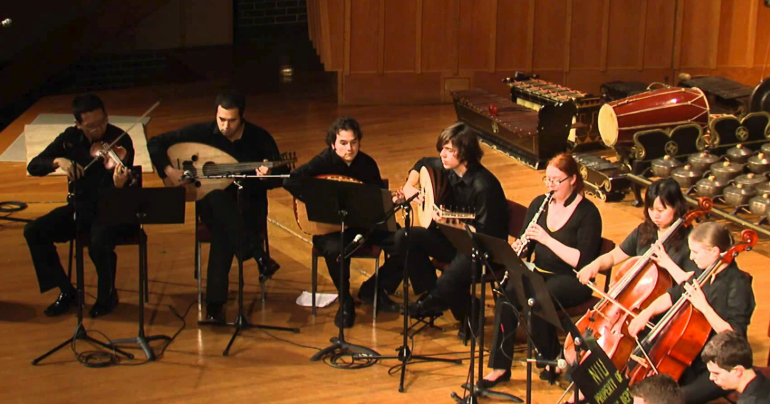
Enjoying the strains of Middle Eastern music
16 Aug 2015The influence of Middle Eastern music can be seen around the world. Various nations in Asia and Europe have adopted several of the basics of the Middle Eastern strains to create their tunes for many years. Islam has been a common factor that has united the Middle Eastern and North African nations for many years now and the melodic strains of music that have risen from this region have enraptured many across the world. The influence of religions such as Islam and Judaism has had a great impact on the musical culture of the Middle East. Religion forms a major background to many traditional styles of music and dance, ranging from classical to more modern.
All over the Middle East, you hear songs of praise and prayer. Each of the Arabic nations has brought in its own specific brand of music. The oud music from nearly 5000 years ago to the tombak beats from the Egyptian region. The echoes of the rhaita and zurnas from Morocco to saz from Turkey and triple stringed horns of Assyrian period have all brought in a flavour to the music with their unique sound and compositions.
Arabic music today has moved into the new generation of music; with their form of pop and rap. The early Andalusian style has given way to bring in a blend of Western influences with traditional styles. The French also brought in their own influences and this has created a new style of music with hip hop, reggae and soul find a place in Arabic music. This west meets east style of music has brought in a new appreciation for western music forms without losing their own identity in music. The most popular rap during the Arab spring was the You Tube hit – ‘The Green Revolution’ by an ensemble of Palestinian artists. Persian music is prominent in the Iranian music. While Iran has been slow in blending their music with Western influences, their own tradition of classical and symphonic music still is popular and has given the world some very influential and popular musicians including Shajarian and Shahram Nazeri from the old school and Hamid Reza Nourbakhsh and Iraj Bastami from the new generation. There are also some very special forms of music specific to the region like Mawwal, in which singers sing non-metrical melodies which are improvised on a poetic narrative text.
Music and dance have a very close relationship in the Middle East. The Arabs and tribesmen of the days of yore enjoyed dancing to music. Islam does put in strict restrictions on lyrics and dance styles but in general dance is enjoyed by many Arabs and belly dancing is one of the most popular dance styles to emerge from this region. Folk music has a strong influence on the Middle Eastern music forms. This influenced spreads across many musical genres and styles.
The newer generation of musicians have tried to use their traditional instruments and musical forms and have brought in fresh flavours that appeal to the younger generation. This way they have retained the interest in their home style of music along with brining in a popular style that youngsters enjoy.
What people say

A business leader with a clear objective to Build a Legacy through his business acumen and passion to excel, being associated with Dr Tejinder opens up new avenues for learning.

Dr Tejinder Singh , the man who taught me to teach and lead. My first and only professional Guru who would run the mile first and push me to walk that . A wonderful human being and an exceptional professional.

Tejinder is one of the most amazing client/business partner that I have ever met.

I met Bhattia sahib once and found him very friendly,intelligent and very focused head of an efficient organisation.

In my association with Tejinder I have found him to be very frank in his views.He is very strong in his domain knowledge and also has sharp commercial acumen.

I was hired by Tejinder Sir, in the year 2003, which was also the turning point in my career.

My 1st Impression about Mr. Tejinder Singh Bhatia - An Exteremely Confident Professional, Who knows What he is Doing and Where he wants to Reach.

He was a dedicated and sincere person and always followed pragmatic approach while fulfilling his job responsilbilites.

I am priviledge to work under him, he is an excellent Leader where team always ready to work for him even at oddest hour of the day.